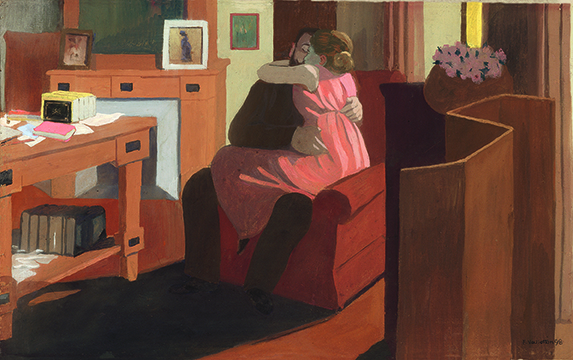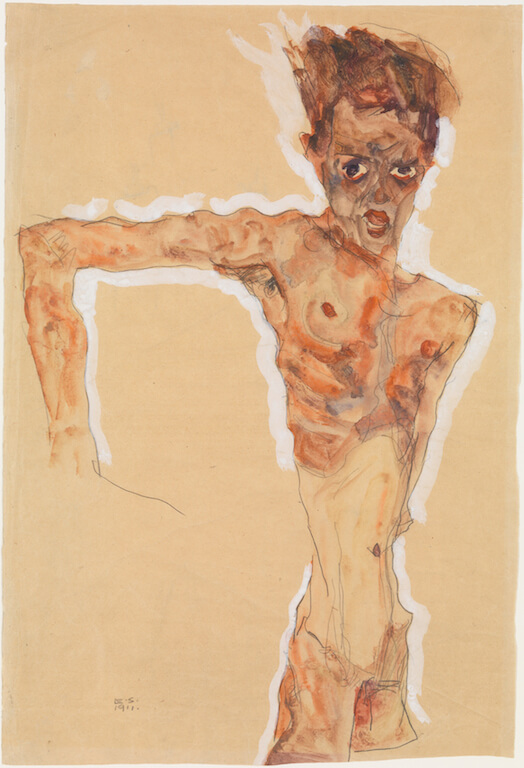Art in NYC: Felix Vallotton Exhibition at the Met Museum
The Met Museum presents Felix Vallotton: Painter of Disquiet, a retrospective of the most notable paintings and art prints depicting the fin-de-siècle Paris
On view from October 29, 2019 – January 26, 2020

A fascinating exhibition of major works by Felix Vallotton tells a provocative story about life in Paris at the turn of the 20th century. Covering all the major phases of Vallotton’s oeurvre, the exhibition starts with his early prints and woodcuts. These early works were made at the beginning of artist’s career when he experimented with steep perspectives and flat images of the Nabis circle principles. The exhibition also showcases powerful oil paintings of the genre scenes, nudes, and landscapes of his mature period.
Well-known to art historians but not widely recognized by the public, Vallotton’s works are a mix of keen observation, wry wit, and subtle yet potent critique of the hypocrisy of bourgeoisie and the sinful pleasures of Belle Epoch France. His early prints and woodcuts made on a gamut of topics from the docile scene with music instruments to observations of everyday life to the street riots are examples of a mastery of detail and minimalist touch. While clearly demonstrating the strength of the technique, his works seemed to fall in-between the styles and artistic movements of his time. This leaves the impression that he either came too late for the expressive art of such painters like Ingre who was a strong influence for Vallotton or too early for the New Objectivity style of the 1920s.
Emphasizing his upbringing in a strict Protestant family in quiet Switzerland, the exhibition conveys Vallotton’s point of view as an outsider to the fast-moving city life. He immediately sees the dissonance between the newly established canons and their twisted morality, but is restrained in his critique. While executed with very fine detail that at times allude to the influence of the Old Masters in the use of reflections and light, the ambiguity of the scenes leave many questions unanswered. The openness to interpretation is what makes Vallotton’s art so potent. After all, this probably was the artist’s goal and he achieved it with the utmost elegance.
In addition to Vallotton’s famous woodcut cycles, there are expansive paintings of landscapes, nudes, and discrete encounters with a multitude of subtleties, mysterious perspectives, and odd angles.
Coming to New York after a triumphant show at the Royal Academy of Arts in London, this is the first retrospective of Vallotton’s work in New York in 30 years. It is organized by The Metropolitan Museum of Art, New York, and the Royal Academy of Arts, London, in collaboration with Fondation Félix Vallotton, Lausanne.
Discover this amazing artist while sampling the thrilling artworks on view at The Met. Felix Vallotton: Painter of Disquiet is on view form October 29, 2019 – January 26, 2020.
Stay in the know about future events and offers by subscribing to ARTS-NY newsletter Subscribe
